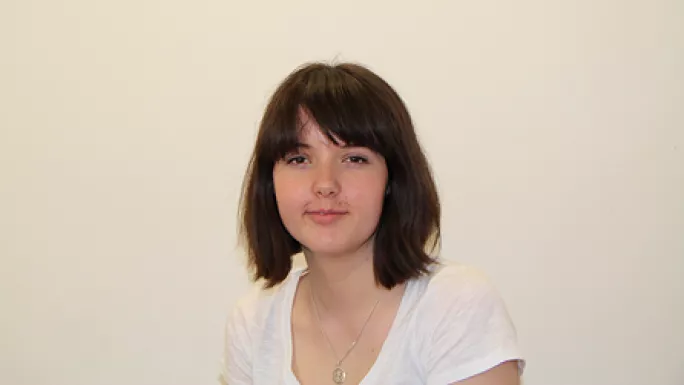- Home
- Five challenges for giving schools the power to create
Five challenges for giving schools the power to create

Despite the millions of words, videos on YouTube and TED Talk views on the subject, creativity in schools is still in the middle of a rough ride. During 2015, debates appeared to go backwards, especially in England. The publication of Ken Robinson’s latest book on creative schools generated mixed responses, with more traditional opponents decrying it an excessively polemical approach with a lack of research evidence. Others more sympathetic to the creativity agenda expressed a frustration about the lack of practical next steps offered to schools. And although some countries have attempted to raise the status of creativity, they have generally lacked the stamina required to sustain either interest or investment.
Meanwhile, the current hierarchy of valued outcomes remains remarkably similar across the world: tending to prioritise the academic over the vocational, knowledge recall over application, and problem-solving over problem-finding. This continues despite an increasingly strong economic rationale for our schools systems to prioritise the development of pupils’ creative capacities. Employers everywhere consistently assert the need for a more creative workforce and that the school system should do more to harness creativity. There is also an emerging consensus from various academic disciplines that creativity is innate in all of us and learnable in different ways in specific knowledge domains. Research is also demonstrating the interplay between the development of creative capacities and other cognitive and non-cognitive outcomes.
The RSA’s programme of research and innovation, in and beyond our academies, aims to address this situation. Although the evidence on whether young people’s creative capacities have improved or declined over time is mixed and inconclusive, we believe that creativity gaps may be widening among learners, educators and institutions. We believe that closing these gaps is key to achieving well at and beyond school - and crucial to people’s employment prospects and their wider flourishing. To address these inequalities, we need to boost the creative capacities, opportunities and motivations of all learners, as well as champion the development of innovative, empowered educators and support education institutions and systems to foster creative public leadership.
Our work so far with schools has identified five “complications”:
- The definitions of creativity and creative capacities are continually contested, within and beyond the education system, and this has led to a lack of progress in assessing creativity. The RSA’s own definition of creative capacities is capabilities and dispositions needed to generate new ideas and turn them into action. The figure below outlines a comprehensive breakdown of these capacities, developed with teachers by Bill Lucas and colleagues at the University of Winchester.

- In virtually every education jurisdiction in the world, curriculum, assessment and accountability regimes offer minimal, and possibly declining, incentives for schools to focus on the creative development of their students.
- The dominant professional culture of school leaders and educators has become increasingly risk-averse and constrained.
- Although parents, employers and the wider public are generally supportive of a broad education that goes beyond “the basics”, there has been very little parental demand for schools to focus on creativity.
- Those of us who attempt to promote creativity in schools have sometimes been our own worst enemies, building our arguments on advocacy-heavy or unsubstantiated claims. For instance, schools are often negatively portrayed as “creativity killers”, an assertion that is both evidence-free and designed to wind up the very people we need to inspire.
Policy is temporary, but practice is permanent. In response to these issues, we want to support school leaders, teachers and governors to take action now, rather than wait for more hospitable policy climates. Today we’re publishing a summary of a report written for the US-based Roosevelt Institute, to help bring both rigour and pragmatism to this debate.
Our paper offers 12 design principles for creative capacity building schools. Applying these principles to an analysis of your school’s context could generate possible priorities and next steps.
We also use these principles to describe how the RSA’s family of academies are aiming to give their students, teachers and communities the power to create. Over the next few years, we hope to build a broad “creative community with a cause” to discover new approaches and transform attitudes to learning so that everyone, regardless of age or background, is empowered to generate new ideas and make them happen.
Take the RSA’s quiz to find out how creative your school is
Want to keep up with the latest education news and opinion? Follow TES on Twitter and like TES on Facebook
Keep reading for just £1 per month
You've reached your limit of free articles this month. Subscribe for £1 per month for three months and get:
- Unlimited access to all Tes magazine content
- Exclusive subscriber-only stories
- Award-winning email newsletters



